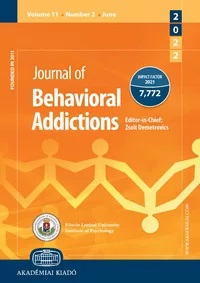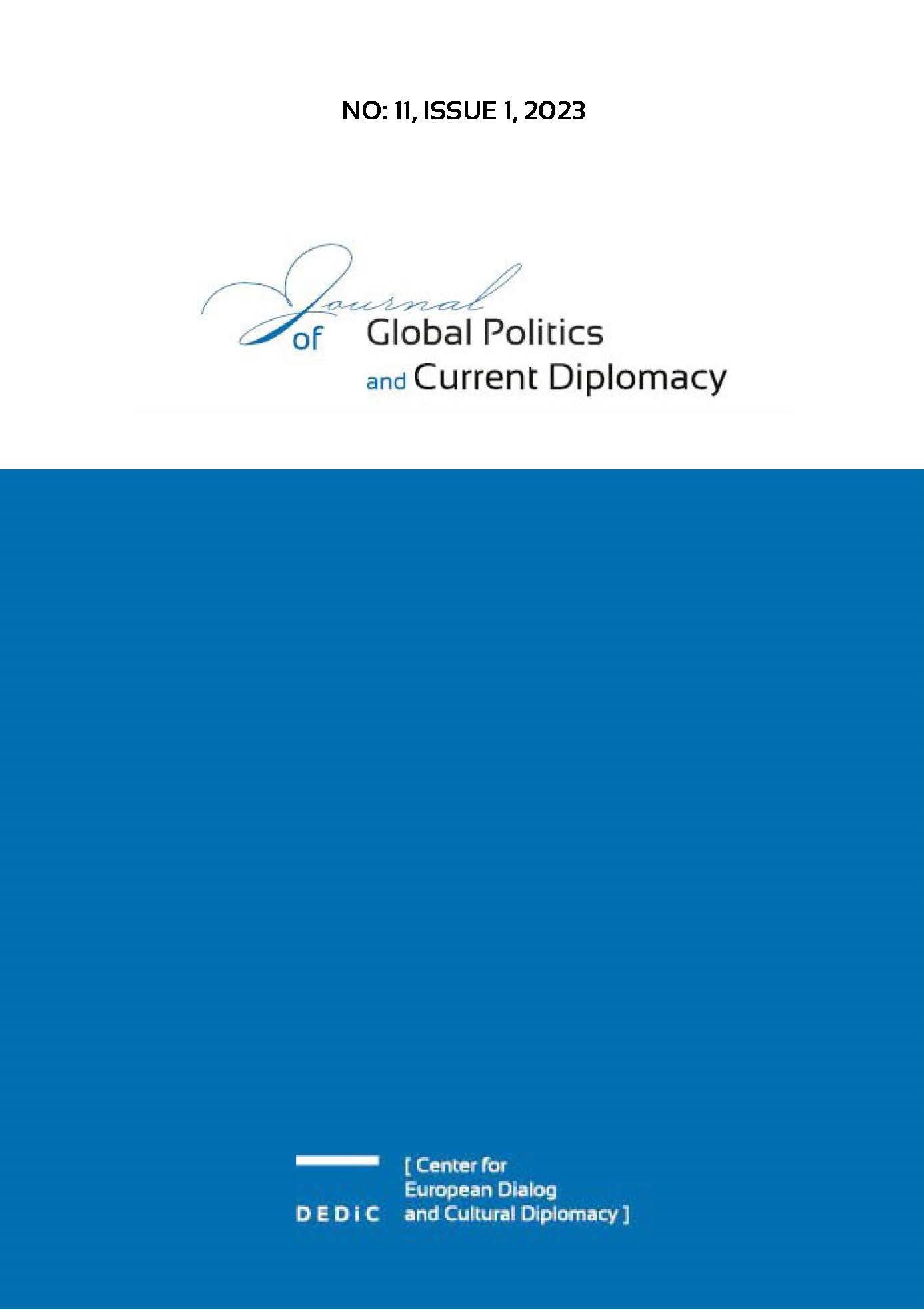
The Case of Poland: Encouraging Human Geography through Lesbian Studies
The Case of Poland: Encouraging Human Geography through Lesbian Studies
Keywords: geographies of sexualities; human geography; lesbian studies; sociology of culture; Poland
What follows is a direct transcription of the conference paper that I gave during the very prestigious Annual International Conference 2018 of the Royal Geographical Society (with the Institute of British Geographers). It took place at the Cardiff University, Wales, UK, on 28-31 of August, 2018. I gave this presentation within the very same panel session that I organised together with Kath Browne from the Maynooth University in Dublin, Ireland, and Catherine J. Nash from the Brock University in Canada. Our session, which I was also honoured to chair, was titled Engaging Contemporary Sexual-Gendered Realities: Geographies of Feminisms, Sexualities, and Beyond. Five presentations were part of the panel, including mine. The 20-minute paper was fortified with a Power-Point presentation, which, of course, is irrelevant to the purposes of the transcription herein. Even though I have decided to keep the title of this transcription in compliance with the title of that presentation, its potential and meaning is much greater. Thinking of a proper academic article that I could develop based on that paper, I would probably make it a point to emphasise the significance of the intersections between sociology and geography, and how they affect my local ambitions to introduce (into the Polish academia) geographies of sexualities on the one hand and interdisciplinary lesbian studies on the other. The paper presented below reflects on the implications of this experience and stance of mine.
More...

